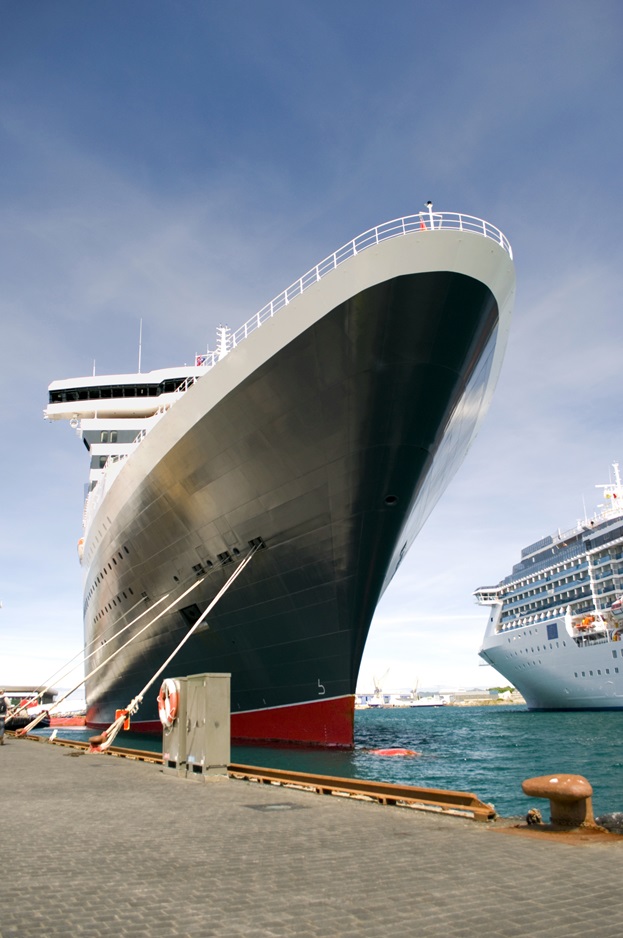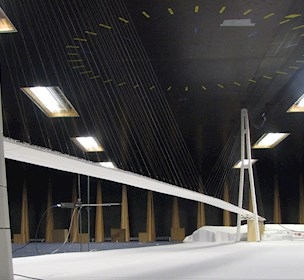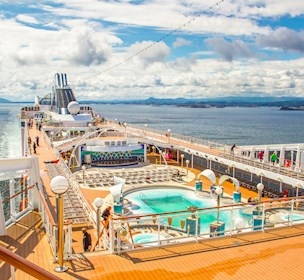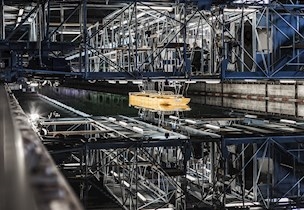Wind loads on cruise vessels
The wind forces affect vessels both during sailing conditions and during berthing operations. In general, cruise vessels have larger windage areas which can result in large side forces and large yawing moment.
This can influence the vessel so it does not fulfil its stability requirements. Besides the stability the wind loads have an impact on manoeuvring and power requirements especially during operations in ports. Without enough propulsion power, both aft and stern, the captain may not be able to safely manoeuvre the vessel in harbour.
What are the consequences of incorrect wind loads?
With the large windage area it is essential to determine the impact from the environmental loads in the initial design stage of the vessel in order to optimise the thruster and propulsion capability and thus the power requirement.
The consequences of incorrect estimation of the wind loads may result in a vessel with insufficient propulsion power or poor crapping abilities and hence more often requiring tug assistance during berthing. More severe is the risk of the vessel breaking the moorings and starting to drift with loss of both lives and vessel.
Wind loads to use on board
The wind loads are not only important to determine in the design phase of the cruise ship. Also, the crew on board the vessel has an interest in knowing the environmental impact. If the obtained load coefficients are used in connection with the wind speed sensors placed on board the ship the captain can get direct information on the number of tons of wind pressure the vessel is being subjected to or the size of a yaw-moment in tons-meter.
Both information is of key importance in handling the ship safely during harbour manoeuvres. Here it also very important to have correct sensor readings as these are normally positioned in such a way that they will be influenced by the flow field around the ship.
How the wind loads can be determined in a wind tunnel
The wind loads are generally determined in a wind tunnel using a scale model of the vessel in question. The models with a typical length of about 1.5m is located on load cell which records all six degrees of freedom and normally the longitudinal and the transverse forces along with the heeling and yawing moments are being measurement.
The model is exposed to a wind profile that resembles an ocean wind in terms of both velocity distribution and turbulence intensity. As a benefit of performing wind tunnel tests, modifications to a cruise vessel can be performed quickly and thus lowering of the yawing moment or the longitudinal forces and be investigated quickly.
It should be noted that it is also possible to obtain current load coefficients in the wind tunnel. Here only the underwater part of the hull would be manufactured. The mounting of the model onto the gauge is identical to the way wind load coefficients are determined. But instead of exposing the model to a shear wind profile, the model will expose to a uniform current profile. Determining the current loads is, however, of less importance to a cruise vessel unless it will be operating in harbours or near estuaries.







